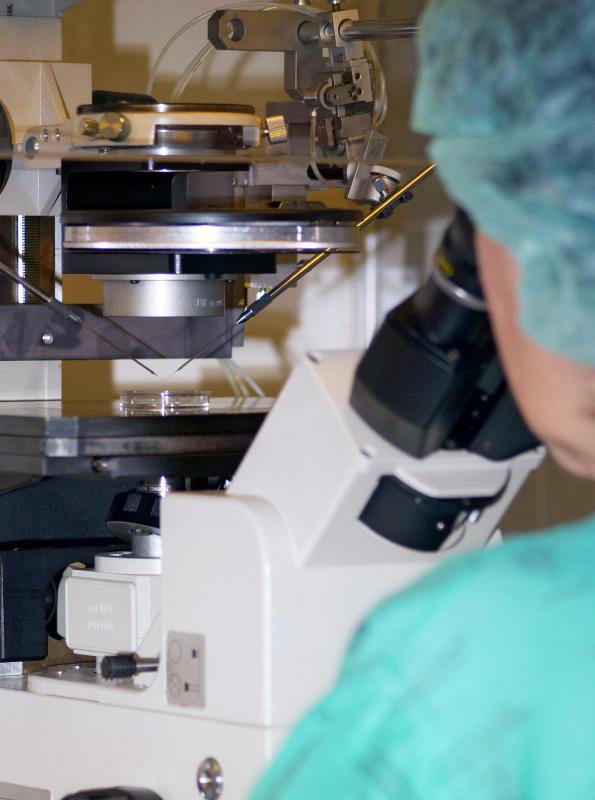At TheHealthBoard, we're committed to delivering accurate, trustworthy information. Our expert-authored content is rigorously fact-checked and sourced from credible authorities. Discover how we uphold the highest standards in providing you with reliable knowledge.
What is a Granular Cell Tumor?
A granular cell tumor is a neoplastic or new growth that is most commonly found in the tongue. According to its location, it is also called Abrikossoff’s tumor and granular cell myoblastoma. The terms “granular cell nerve sheath tumor” and “granular cell schwannoma” are used in reference to the fact that it is a tumor originating from neural cells – the same cells from where the nerve sheath and Schwann cells are derived. It appears granular because of the presence of secondary lysosomes in the cytoplasm of the tumor cells. In general, these tumors rarely grow beyond 1.18 inches (3 cm), and most of them are benign or noncancerous.
It is not known why a person develops a granular cell tumor. This tumor is very rare, so there is no data on how many people are affected. Observations have led medical professionals to believe that it is slightly more common among females and middle-aged individuals. Most cases of this condition have been found among people who are between 30 and 50 years old.

While this tumor can affect any site of the body, it is most often an oral pathology. In 45 to 65% of granular cell tumors in the head and neck area, 70% are located inside the mouth, particularly in the tongue, buccal mucosa, and hard palate. The larynx can also become involved in 10% of cases. Affectation of the gastrointestinal tract also occurs. In fact, about 5% of granular cell tumors are found in the esophagus, stomach, intestines, biliary system, and gallbladder.

Microscopic studies have revealed that this tumor has a predilection for the dermis or subcutaneous tissues; therefore, it often manifests as dermal growths or cutaneous conditions. Less frequently, it occurs in muscles or in the submucosa. When observed with the naked eye, the tumor would appear pale white or yellowish, without bleeding or necrosis. The skin or mucosa overlying the tumor may appear normal. At times, thickening and a cobblestone appearance may be observed.

Diagnosis is usually made through biopsy. When the pathologist says that the lesion is benign, a cure can be obtained through surgical removal of the tumor. A benign granular cell tumor, however, has a recurrence rate that ranges from 2 to 8%. On the other hand, when the lesion is deemed malignant, surgical removal may not provide a cure, and chemotherapy and radiation options are not effective. A malignant granular cell tumor can recur at a rate of 30%, and can cause death among 60% of affected individuals within 3 years of initial detection.
AS FEATURED ON:
AS FEATURED ON:














Discuss this Article
Post your comments